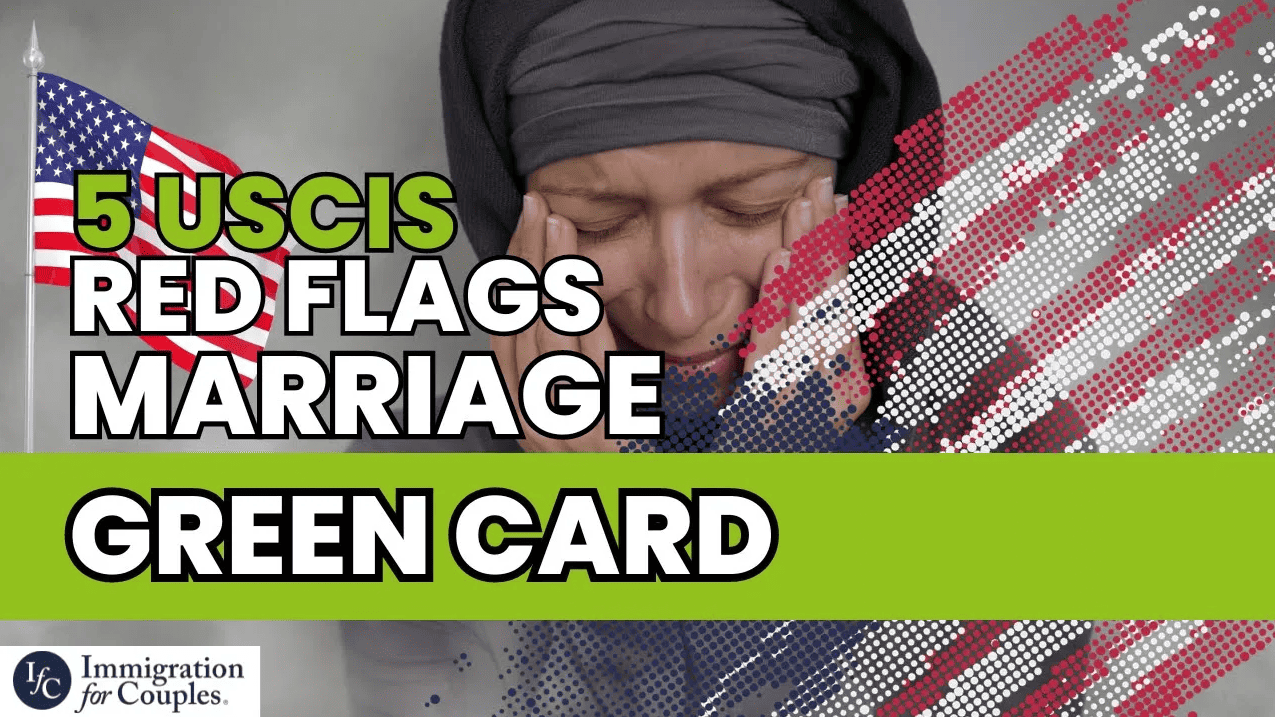We’ve been flooded with questions about the process of getting married in the US which is exciting because that means that they are probably engaged or thinking of popping the question. As soon as they begin to entertain those thoughts, they start to wonder what the marriage process is like in the United States.
Good news! Getting married in the United States might be simpler than you think. While some countries present couples with a labyrinth of paperwork and complex procedures, the U.S. offers a fairly straightforward process.
Navigating the Process: Step by Step
Start at the Local Clerk’s Office: The first step is to locate the local clerk’s office or city/town hall in the county where you plan to marry. This is the hub for marriage license applications.
Know the Requirements: Each state and county might have slightly different requirements. The primary role of the clerk of court is to verify your identity and eligibility to marry in that specific location. Visit the Clerk of Court’s website for the area where you plan to marry and familiarize yourself with their prerequisites.
Residency Not Always Required: In many U.S. states and counties, you don’t need to be a resident to marry there. This is particularly advantageous for destination weddings or if you and your partner come from different states.
Understand the Requirements: Common requirements might include age restrictions, potential waiting periods, and more. Residency might not be mandatory, but other stipulations could apply. Always check the specifics for your chosen location.
Apply for the Marriage License: Once you’ve confirmed you meet the requirements, you can proceed to apply for the marriage license. Many states and counties offer online application options, streamlining the process.
Note the Validity Period: A crucial detail often overlooked is the validity period of the marriage license. This period varies by state and is the time frame within which you must have your legal wedding ceremony. Typically, it ranges from 30 to 90 days.
Find a Wedding Officiant: Now that you have your marriage license, the next step is to arrange for a wedding officiant. This can be a priest, a justice of the peace, or even a service that helps organize ceremonies. Micro weddings, which offer intimate and unique settings, are also gaining popularity.
The Ceremony: Whether you choose a simple affair or a grand celebration, the ceremony is where your love story officially unfolds. It’s worth noting that immigration doesn’t require an elaborate ceremony; the key is a legally binding marriage.
Recording the Marriage: Once the ceremony is complete, you’ll need to return to the clerk’s office to officially record your marriage license. It’s advisable to obtain several certified copies of your marriage license for future use, such as immigration applications and joint account setups.
Immigration and Beyond: For immigration purposes, it’s essential to demonstrate a genuine and loving relationship. While an elaborate ceremony isn’t required, you do need a legally recognized marriage. This means that even getting married on the same day you obtain your marriage license is perfectly acceptable.
Your Immigration Journey: We’re Here to Help
We understand that the immigration process can be complex, especially when it’s intertwined with your marriage plans. Our goal is to provide couples with the resources and guidance they need to navigate this journey seamlessly. Visit our free resource center for a wealth of guides, downloadable charts, and free webinars.
Whether you’re just beginning or well into your immigration journey, we’re here to offer support every step of the way.





